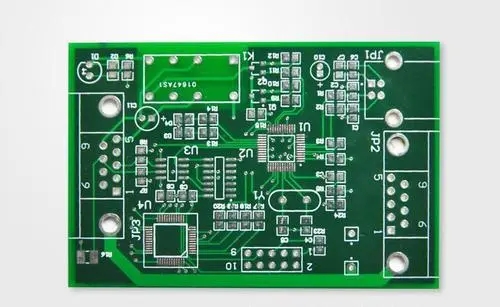As consumers' demands for smaller and faster speeds are further strengthened, there are arduous challenges in solving the heat dissipation problem of printed circuit boards (PCBs) with increasing density. As stacked microprocessors and logic cells reach the GHz operating frequency range, cost-effective thermal management may have become the highest priority issue that engineers in the fields of design, packaging, and materials urgently need to solve.

Manufacturing 3D ICs to obtain higher functional density has become a current trend, which further increases the difficulty of thermal management. The simulation results show that a 10°C increase in temperature will double the thermal density of the 3D IC chip and reduce the performance by more than one third.
The challenge of microprocessors
The International Semiconductor Technology Blueprint (ITRS) forecasts indicate that in the next three years, interconnect traces in hard-to-cool areas in microprocessors will consume up to 80% of chip power. Thermal Design Power (TDP) is an index to evaluate the heat dissipation capability of a microprocessor. It defines the heat released when the processor reaches its maximum load and the corresponding case temperature.
The TDP of the latest microprocessors from Intel and AMD is between 32W and 140W. As the operating frequency of the microprocessor increases, this number will continue to rise.
Large data centers with hundreds of computer servers are particularly vulnerable to heat dissipation problems. According to some estimates, the server's cooling fan (which may consume up to 15% of the electricity) has actually become a considerable heat source in the server and itself. In addition, the cooling cost of the data center may account for about 40% to 50% of the power consumption of the data center. All these facts put forward higher requirements for local and remote temperature detection and fan control.
Thermal management challenges will become more daunting when it comes to installing PCBs containing multi-core processors. Although each processor core in the processor array may consume less power (and therefore dissipate less heat) than a single-core processor, the net effect on large computer servers is that it adds to the computer system in the data center More heat dissipation. In short, run more processor cores on a given area of the PCB board.
The above is the introduction of the latest PCB cooling technology. Ipcb also provides PCB manufacturers and PCB manufacturing technology.